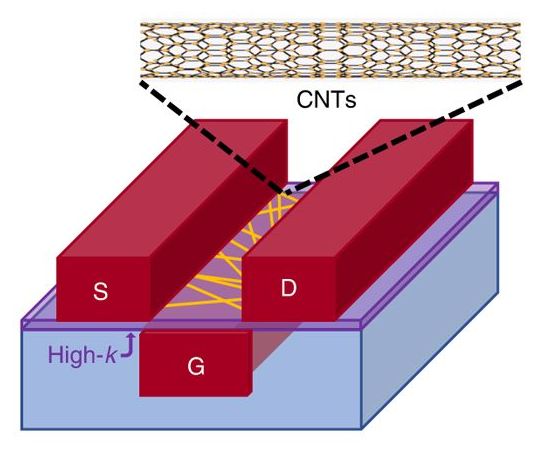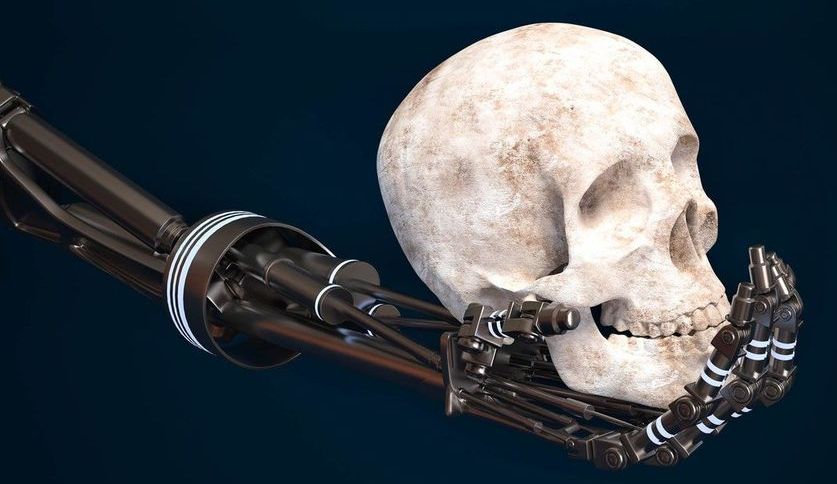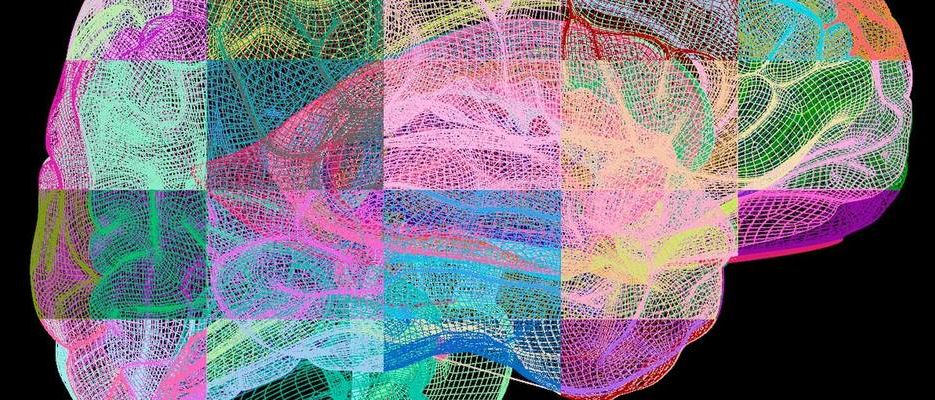While modern, scientific understanding of this complex network of neurons between our ears really only began in the last few decades, we’ve already learned a lot about the body’s control center — and have been given a lot to think about.
In this episode of The Abstract, we discuss the groundbreaking research in brain-computer technology offering new hope in restoring sensations and treating anxiety.
Our first story is about groundbreaking research in brain-computer interfaces that’s offering new hope for those who have lost their sense of touch. By decoding neural signals from the brain, researchers were able to create movement and sensory perception in paralyzed limbs. Innovations like these in sense-restoring technology could be life-changing for spinal cord patients and make a devastating loss of sensation reversible.







